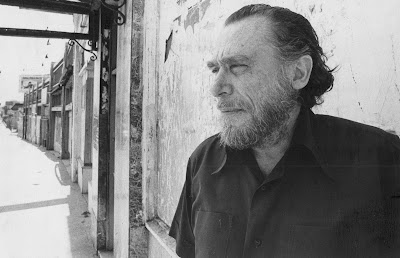Caral, the oldest city in America and cradle of the Inca civilization, with 4,000 thousand years old, today inspires urban planners of the world.
The ruins of the ancient civilization of Caral, in Peru, serve as inspiration to architects and engineers from around the world for the harmony of their buildings with nature.
Its members built on desert lands and respected fertile ones.
They took advantage of the blowing of the wind to drive it through underground conduits and keep the fire burning during their ceremonies.
Caral
As archaeologists continue their excavations, what is discovered reveals buildings with advanced engineering in harmony with nature.
"It is a civilization that has sought harmony, peace, balance and adequate coexistence among human beings," says Ruth Shady, anthropologist and archaeologist.
In a colorful act, members of the International Union of Architects signed the Caral Charter that presents the citadel as an example of urban planning and balance with nature.
The document will be sent to the international climate conference in Paris.
According to research, the Caral civilization knew how to coexist with other communities that arose in the environment.
“He ordered the civilization of 5,000 years before thinking about nature, in his Commitments to nature, in his planned commitment, ordered with a cosmic vision but above all the example that transcends and that humanity needs today in the face of all this situation of generalized corruption ”, Says José Enrique Arispe, dean of the College of Architects of Peru.
It is suspected that Quechua may have been born here, which later became the language of the Incas.
At the end of 1,800 BC, Caral was hit by a prolonged drought that forced the population to emigrate. The city was buried by sand.
But once rediscovered, it is a source of inspiration for hundreds of specialists.
The expertise of Caral's builders keep it safe from inclement weather and natural disasters such as huaycos and overflows, which today, in 2017, are hitting the geography of Peru.
The archeologist Ruth Shady, the main specialist in the Caral culture in Peru, has explained that the complexes are not in danger of flooding thanks to the planning of their structure and location of their buildings. In conversation with Andina, she said that despite the flooding of the Supe river, there is no risk of flooding because all urban places are located at a prudent height and distance to avoid overflows as a result of the El Niño phenomenon.
Preventive closure. Last weekend, the authorities closed the attention to the public in the citadel. However, this was a preventive measure given the increase in the Supe flow, but it did not mean that the Cultural Heritage of Humanity was at risk. "This provision is adopted as a measure to protect visitors," announced the Ministry of Culture in a statement.
Those who are in constant danger are the residents of the low-lying areas surrounding the complex, who have suffered the heavy rains and huaicos that devastated agricultural fields in this area of the Barranca province.
Necessary work. Irrigation canals were destroyed, traffic was blocked and tourist circuits were cut off. Archaeologist Shady asked the central government and municipalities for help for these villages and commented on some plans for the conservation of the valley. One of these is the channeling of the Supe River.
Reforesting the riverine forest is another of the urgent measures that the archaeologist proposed. In pre-Columbian times the area was green and that was an incentive to rain and possible overflows. Despite thousands of years, the structures of Caral are well protected thanks to the ingenuity of their builders.
